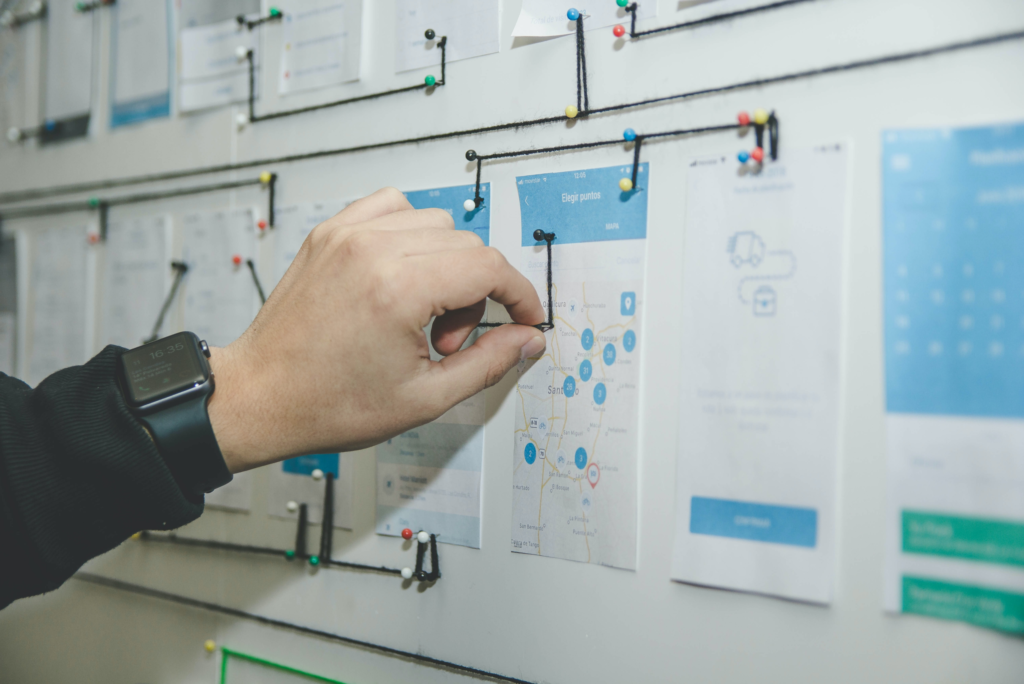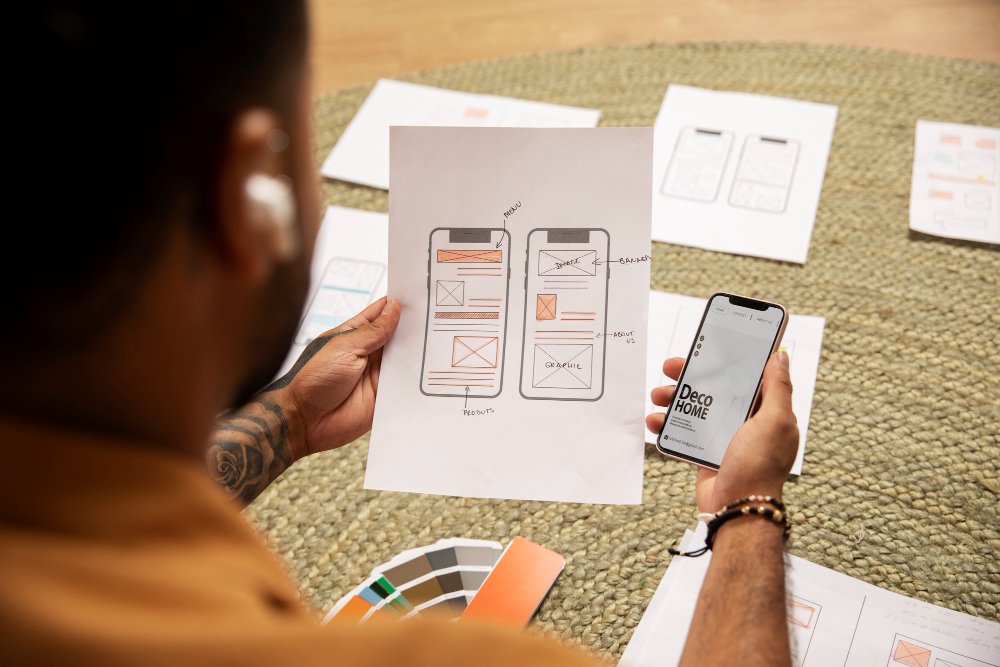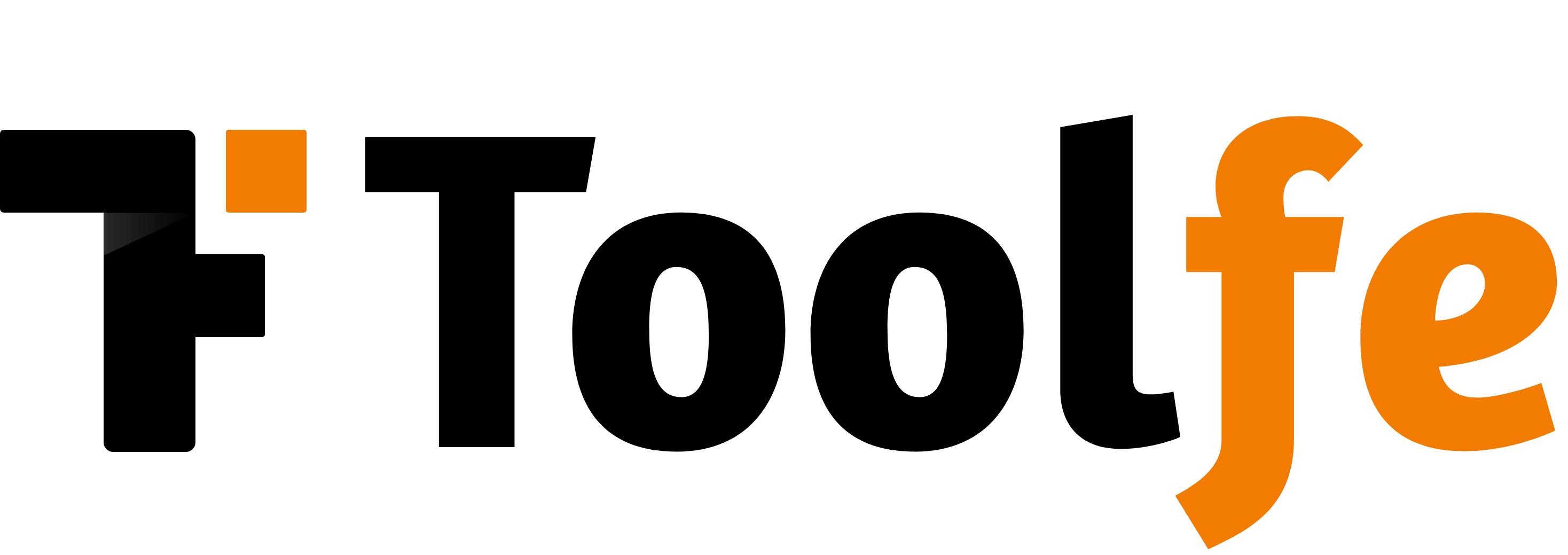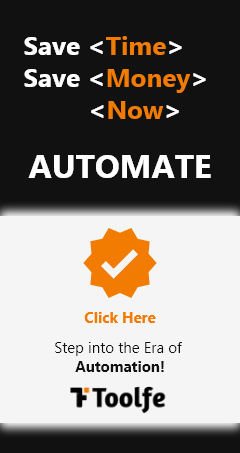USER INTERVIEWS
A user interview in UX design is a structured conversation between a designer and a user, aimed at understanding the user’s needs, preferences, and pain points regarding a product or service. It involves asking open-ended questions to gather qualitative insights that can inform the design process. User interviews help designers empathize with users, uncover design opportunities, validate assumptions, and refine design solutions to create user-friendly experiences.
WHEN TO USE: Start and end of your project

FIELD STUDIES
Field studies in UX involve observing users in their natural environment to gain insights into their behaviors, needs, and preferences. This research method goes beyond traditional surveys and interviews by immersing designers in the context where their designs will be used. Field studies often include tasks such as shadowing users, conducting contextual inquiries, and capturing real-time interactions with products or services. By directly observing users in action, designers can uncover valuable insights that inform user-centered design decisions and create more effective and intuitive experiences.
WHEN TO USE: All Stages

FOCUS GROUP
A focus group in UX is a moderated discussion involving a small group of participants who share similar characteristics or interests relevant to a design project. The purpose of a focus group is to gather qualitative data and insights about users’ perceptions, opinions, and experiences related to a product or service. During the session, participants engage in open-ended discussions, share their thoughts, provide feedback on prototypes or concepts, and interact with each other under the guidance of a facilitator. Focus groups are valuable in UX/UI as they offer a deeper understanding of user attitudes and behaviors, identify common patterns or concerns, and validate design ideas through group dynamics and collective input
WHEN TO USE: Start and end of your project

SURVEYS
Surveys in UX are structured questionnaires designed to gather quantitative and qualitative data from a large number of users. These surveys can be administered online, through email, or in-app, and they aim to collect feedback on various aspects of a product or service. Surveys help UX/UI designers understand user preferences, satisfaction levels, pain points, and demographic information. They are valuable for gathering insights at scale, identifying trends, validating hypotheses, and informing data-driven design decisions.
WHEN TO USE: All Stages

CARD SORTING
Card sorting in UX is a method used to organize and structure information or content within a product or website. Participants are presented with a set of cards, each representing a piece of information, feature, or category. They are then asked to group these cards based on their understanding or preferences, creating a hierarchy or taxonomy that makes sense to them. Card sorting helps designers understand how users mentally categorize information, identify patterns in user behavior, and optimize the information architecture for better usability and navigation.
WHEN TO USE: Start of your project

TREE TESTING
Tree testing in UX is a research method used to evaluate the effectiveness of a website’s information architecture (IA) and navigation structure. It involves presenting users with a text-based outline of the site’s structure, known as a tree, without the visual design elements. Users are then given specific tasks to find and locate information within the tree structure. Tree testing helps designers assess the clarity, intuitiveness, and efficiency of the IA by measuring how easily users can complete tasks and find information. It provides valuable insights into areas needing improvement, such as labeling, categorization, and overall navigation flow, leading to enhanced user experiences.
WHEN TO USE: Start of your design or redesign process

USABILITY TESTING
Usability testing in UX is a methodical evaluation process that involves observing users as they interact with a product or prototype to assess its ease of use, effectiveness, and overall user experience. Participants are given specific tasks to perform while designers and researchers observe their actions, gather feedback, and identify areas of improvement. Usability testing aims to uncover usability issues, navigation challenges, and user satisfaction levels, helping designers make data-driven decisions to enhance the usability and user-friendliness of the product.
WHEN TO USE: All Stages

FIVE SECOND TESTING
Five-second testing in UX is a rapid assessment method where participants are shown a design or interface for just five seconds. They are then asked specific questions to gauge their initial impressions, understanding, and recall of key elements such as branding, messaging, and functionality. This technique helps designers identify what aspects of the design stand out immediately, how well the core message is conveyed, and whether the interface captures attention effectively within a brief timeframe. Five-second testing is valuable for optimizing visual hierarchy, content placement, and user engagement in interfaces where quick decision-making is crucial.
WHEN TO USE: During initial ideation and through out the design

A/B TESTING
A/B testing in UX is a method used to compare two versions of a design or interface to determine which one performs better in terms of user engagement, conversion rates, or other key metrics. This technique involves dividing users into two groups and exposing each group to a different version (A and B) of the design. Data on user behavior, such as clicks, conversions, or time spent, is then collected and analyzed to determine which version is more effective. A/B testing helps designers make informed decisions based on empirical data, optimize designs for better performance, and improve the overall user experience.
WHEN TO USE: All Stages

CONCEPT TESTING
Concept testing in UX involves presenting users with early-stage design concepts or ideas to gather feedback and validate assumptions before proceeding with full-scale development. This process allows designers to assess the viability, desirability, and feasibility of a concept among target users. Participants are asked to evaluate the concept based on various criteria such as usefulness, usability, aesthetics, and overall satisfaction. Concept testing helps designers identify potential issues, refine design directions, and prioritize features based on user preferences and needs. It ensures that the final product aligns with user expectations and delivers a positive user experience.
WHEN TO USE: Initial ideation,design and before launch




Insightful post
Nice post
A very useful blog to upgrade our skills.
Fantastic details
A great insight into UX research!